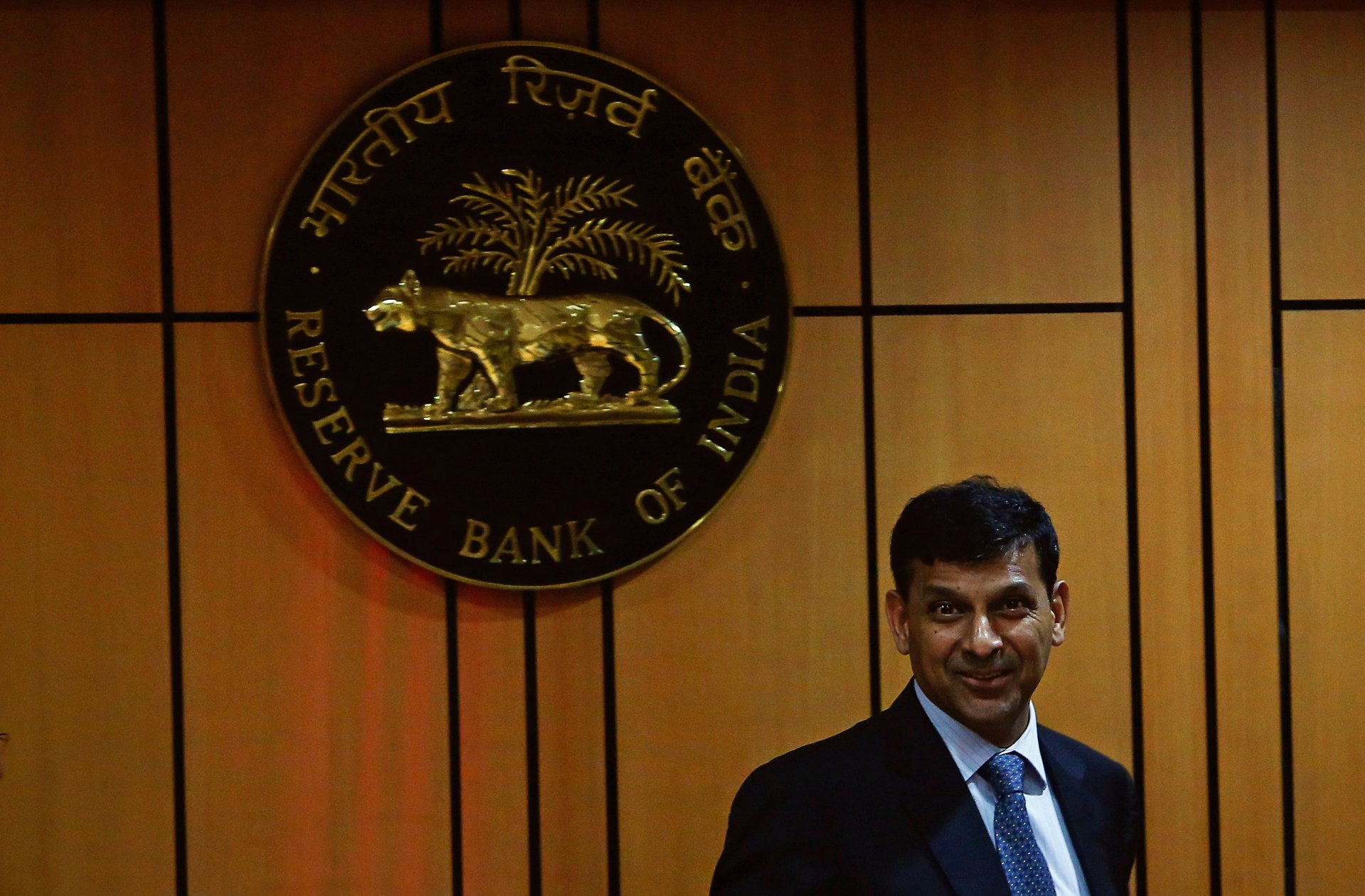Raghuram Rajan is the latest central banker to pull a Bernanke surprise
Just when the world was starting to expect more transparency from central bankers, two of the world’s most watched technocrats unleashed big surprises.


Just when the world was starting to expect more transparency from central bankers, two of the world’s most watched technocrats unleashed big surprises.
When Raghuram Rajan took charge as governor of India’s central bank two weeks ago, the markets expected a slew of policies that would immediately spur growth, including holding or even cutting interest rates. US Federal Reserve chair Ben Bernanke’s announcement that the Fed would not to taper asset purchases cemented those expectations for India watchers, since continued Fed easing would keep the dollar weak, making yields on emerging market bonds more attractive. But Rajan decided to follow in Bernanke’s footsteps and defy the markets, raising the benchmark interest rate by a quarter point to 7.5%, the first increase since 2011.
What the markets ignored, which led investors astray, were the following factors weighing on the Indian economy:
- Inflation quickened to a six-month high of 6.1% in August.
- Even though the rupee has strengthened from its August lows, which might argue for holding or cutting India’s benchmark rate, the strengthening isn’t necessarily sustainable, since it has been largely driven by emergency measures. The government has been handing out US dollars to oil marketing companies, India’s biggest importers, to meet their import needs. Less demand for dollars from oil companies in the foreign exchange markets depresses the value of the dollar relative to the rupee.
- Rajan also made clear that the Fed’s taper would come eventually, even if not immediately. That argued for tackling the country’s inflation threat before the inevitable end to Fed easing, which is bound to rock India’s economy. The RBI governor said India should put its house in order ”regardless of what the Fed does. Because, if we are stabilized, we are better prepared for the tapering whenever it happens.”
Despite hiking India’s benchmark rate, Rajan did his bit to make life a little easier for banks and businesses. He cut the marginal standing facility, a crucial short-term borrowing window for banks, by three-quarters of a percentage point to 9.5%. That should help bring down the cost of borrowing for banks.